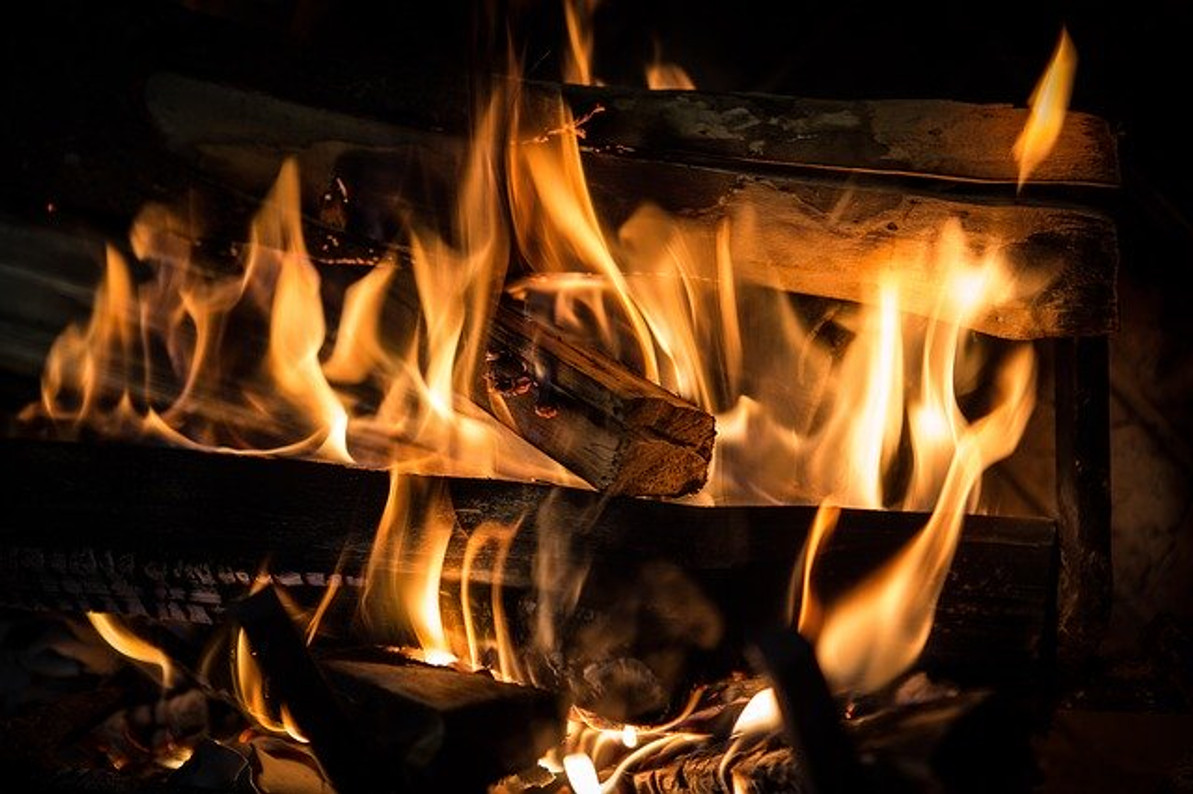5 Safety Tips to Follow When Using a Wood-Burning Fireplace
You don't have to resort to using your home's central heating system to combat cold temperatures. Assuming your home has a fireplace, you can build a fire. A wood-burning fire is an energy-efficient alternative to central heating. As the wood burns, it will produce heat that raises your home's indoor temperature. While wood-burning fireplaces are effective at producing heat, though, you should follow some basic safety tips when using them.
#1) Open the Flue Damper
Always open the flue damper before building a fire. All fireplaces have a flue damper, which can be opened or closed. When the flue damper is closed, the chimney will be sealed. When it's opened, the chimney will be opened. You should typically close the flue damper after your fire has fully extinguished itself. Closing the flue damper ensures that cold air won't enter your home through the chimney. If you are building a fire, on the other hand, you should open the flue damper so that the smoke and gases can escape.
#2) Dry Wood Only
Another safety tip is to only burn dry wood. Wood can contain moisture. If a piece of wood is soaked, it won't burn cleanly. You may be able to ignite it, but as the water-soaked wood burns, it will produce thick plums of black smoke. To prevent this from happening, only burn dry wood in your fireplace.
#3) Clean the Ashes
Try to get into the habit of cleaning out the ashes from your fireplace each time you build a fire. Ashes are inevitable when using a fireplace. As the wood burns down, it will leave behind a pile of ashes. Failure to clean these ashes may result in hot embers being ejected out the front of your fireplace and onto your living room floor.
#4) Don't Use Accelerants
Avoid using accelerants when building fires. Accelerants, of course, are flammable substances that accelerate fires. The problem with accelerants is that you can't always control them. Even a small amount may result in a large and uncontrollable fireball. Therefore, it's best to avoid accelerants when using a fireplace.
#5) Install a Carbon Monoxide Detector
It's a good idea to install a carbon monoxide detector in your home if you regularly use your fireplace. Fires produce a plethora of gases, one of which being carbon monoxide. Normally, these gases will escape through the chimney. If your chimney is clogged or otherwise faulty, however, they may accumulate inside your home.
Recent Posts
-
Fire Safety in the Workplace: What You Need to Know
What steps are you taking to prevent fires in your workplace? According to the U.S. Occupational Saf …Aug 23rd 2023 -
Is It Safe to Go Jogging With a Cold Infection?
If you're suffering from a cold infection, you might be wondering whether it's safe to go jogging. T …Aug 22nd 2023 -
5 Safety Tips to Follow When Using a Powder-Actuated Tool
Powder-actuated tools are commonly used to join materials to steel and concrete. Also known as Hilti …Aug 20th 2023




